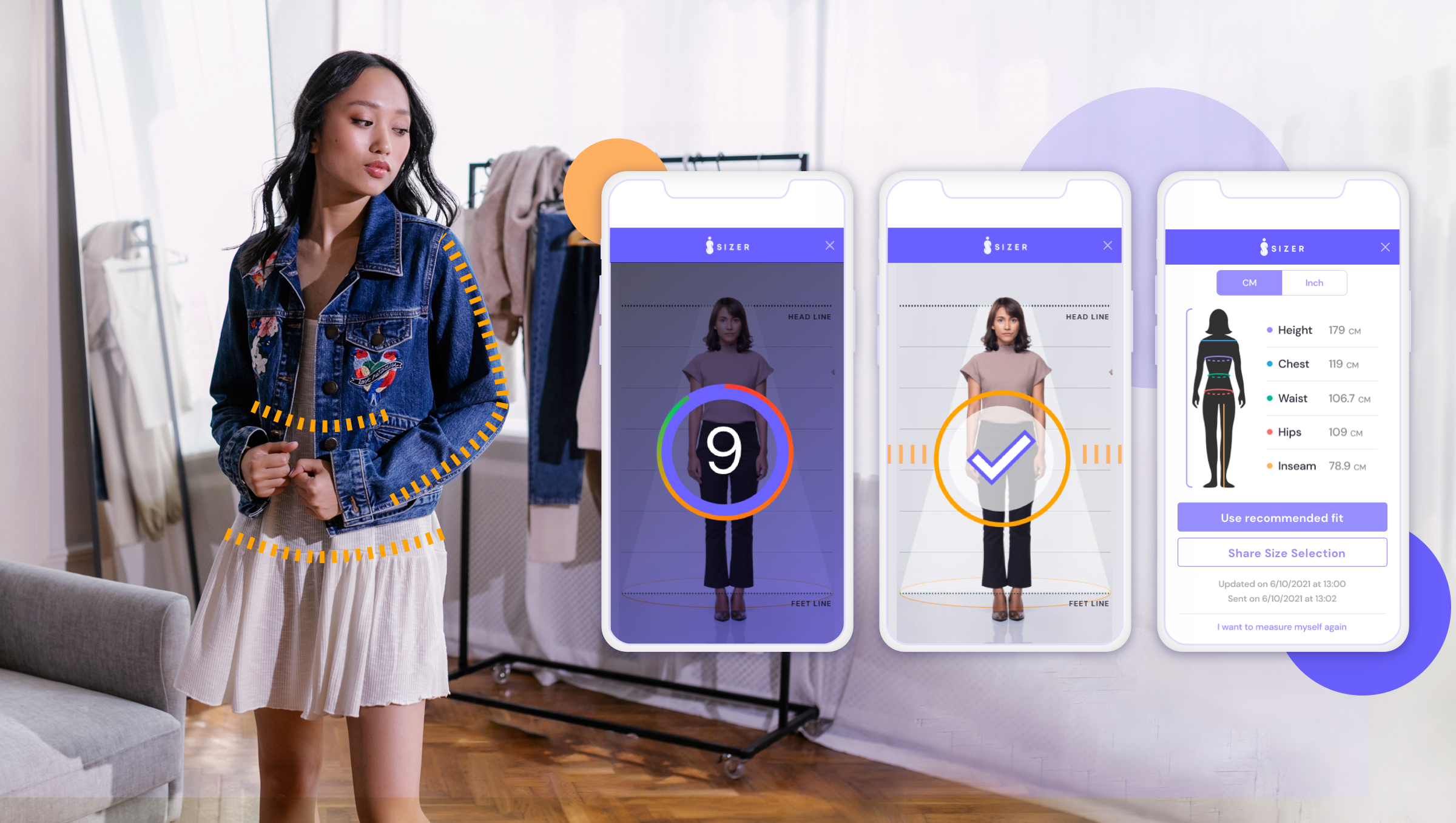Every retail business dreads the post Christmas sales slump but fashion retailers have to contend with reduced sales income and the impact of returns and refunds. Draining their profits and eliminating pre Christmas successes, these returns don’t have to be an inevitable and unavoidable fact of the industry. Through smart technology and improved messaging, online retailers can lift the curse of post holiday season customer returns.
The Problem
Post-Christmas retail returns are a growing problem for eCommerce fashion retailers. Over 80% of retailers anticipate higher than normal levels of returns in January of each year. 25% of shoppers admit that they purchase multiple items expecting to return some of them. For their part, consumers enjoy the ease of returns without truly recognizing the consequences. While many brands operate differently the final destination for returned garments are a profit impacting clearance sales, profit draining storage warehouse or environmentally damaging landfills. While the public may have a dislike of the environmental waste associated with fashion, they are unwittingly contributing directly by abusing the returns process each holiday season.
The Cost

Research by the National Retail Federation in the US estimates that 13% of all items bought during the holiday season will likely be returned the following January. This accounts for $101 Billion in sales. Of all these sales, apparel makes up 12.2%, which might seem small but not when you factor in the production waste, the environmental impact and the cost to the fashion industry, already reliant on small margins. The problem is predicted to get worse with consumers showing no signs of rejecting the trend for easy returns. 93% of retailers expect returns to become an increasing cost to their business over the coming years. The pressure is on to minimise consumer returns and develop a better strategy for recycling or reselling unavoidable returns.
The Solutions
To mitigate the devastating impact of excessive returns, eCommerce fashion retailers have to consider the main reasons items are returned in the first place. Top of the list for apparel is consumers receiving items that don’t match the description online. Whether this is the expected look or size of the garment, both are frequently cited as the main reasons for requesting a return. Having a selection of high definition images, clear descriptions and detailed sizing are today just the basics, with a few emerging innovations going much further and helping establish a stronger level of pre-purchase confidence. These digital shopping tools have been gradually emerging onto the market, but the global pandemic together with a much more technologically adept shopping public, have been driving an increase in uptake.
Digital Sizing

Digital Sizing is the first tool e-commerce retailers must consider building into their websites and shopping apps. While most January returns might be returned gifts, it is increasingly becoming a time for personal shopping too. If retailers could eliminate the returned unwanted party dresses and indulgent self purchases they could free up more resources to manage the rest.
Already, retail sizing for in-store purchases is imperfect with a size 10 jeans in Zara different to H&M and Guess. Even within the same store, because of different manufacturers and suppliers, a customer can try on three pairs of size 10 jeans and observe a different fit for each. But of course, being able to try them on is the way to ensure a more accurate and comfortable fit. An option unavailable to eCommerce retailers unless they encourage a costly buy and return policy.
Once again, technology is at hand to make shopping for the right size easier. Online retailers can now build measuring tools into their apps and websites encouraging their customers to map and scan their bodies while they shop. The shopping apps with these integrated tools can then make intelligent, personalized size recommendations and ensure shoppers’ get their best fitting garment.
Augmented Reality
Secondly is Augmented Reality (AR). AR is finally taking off with most new mobile phones and many shopping apps capable of using the technology. Customers can examine a new pair of sneakers from every angle like the object is in their hands. In 2018 British retailer Argos created one of the first AR-enabled apps so shoppers could preview furniture in their own home. This digital adoption came just in time for the global pandemic which transformed the shopping habits of the British public overnight. In February 2021 the Office for National Statistics recorded that 36% of all UK retail sales had been spent online, the highest on record at that time. For apparel the benefits are obvious, fashion retail apps like Converse, Gap, Lacoste and Ray-Ban are now offering shoppers the opportunity to virtually try before they buy. While the technology is ideal for rigid items such as trainers and sunglasses, it is less ideal for lighter materials that drape or move. However, granting customers the opportunity to virtually explore a garment even if they can’t see it realistically projected onto their body is closing the gap between the store and commerce experience.
These sophisticated, easy to use online sizing tools are streamlining and personalizing the online shopping experience, providing a more immersive shopping experience. An individual fitting experience offered by an online retailer is a step up from anything a customer can experience from a typical in-store high-street retailer. By building the sizing into the online shopping experience and using the data to improve the customers shopping experience, digital retailers can offer a smoother, more efficient and enjoyable shopping experience. Shopping at home takes the stress out of shopping and for many shoppers it’s becoming better than taking multiple items into a claustrophobic dressing room and struggling to get the right size.
Empowerment, choice and responsibility.
Ultimately, customers making use of new digital tools are more likely to find what they are looking for. Augmented Reality offers the closest thing to handling and seeing apparel up close while body measuring apps gives the shopper great confidence to shop their exact size. But the impact of these tools goes far beyond a simple shopping experience and contributes towards a collective positive impact on the planet.

Empowerment, choice and responsibility are three vital elements of a modern sustainable online shopping experience. Empowering consumers with the ability to select the correct size reduces the need to buy multiple sizes and return all the poor fitting items. Granting consumers choices and making them aware how their choices impact the planet creates a more mindful and informed consumer. And lastly, emphasizing personal and corporate responsibility improves sustainability, reduces waste, and leads to simplified logistics and a more emotionally invested shopper. By reflecting these values companies online retailers can start to offset the impact of their January returns and help reduce their impact on fashion industry’s carbon footprint.
Never Miss Out
Sign up to receive our latest news and insights

Thank you!
we’ll keep you updated




